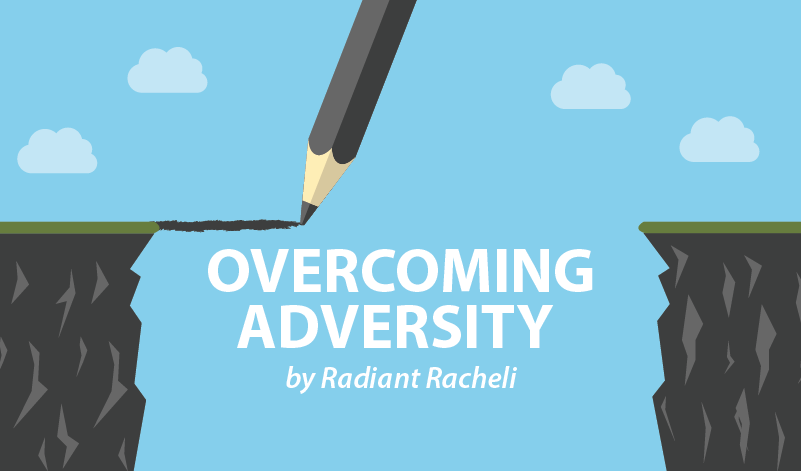
Going into chemo, I remember the doctor and nurses listing off a million possible side effects of the treatment. The keyword there is possible. I thought I would be clear of any extreme side effects. Damage to my heart muscle or brain, neuropathy and lung toxicity were definitely among those I hoped to stay clear of.
As I began my treatment for ABVD (Adriamycin (doxorubicin), Bleomycin, Vinblastine and Dacarbazine), I was given a muscle shot of bleomycin to check for an allergic reaction to it. Aside from the intense pain the shot produced, I had no reaction so my doctor approved continuing bleomycin in my treatment regimen. I believe testing for an allergic reaction is something done for everyone. Please comment below if you have had a different experience.
Progressing through treatment, I didn’t seem to have any major side effects. I was experiencing the usual — nausea, fatigue, mouth sores, a change in taste buds, muscle pains, hair loss, etc. (How ridiculous is it that these are side effects not thought “major”?)
By the time I got to my seventh chemo treatment, I noticed that I was experiencing extreme shortness of breath. I was finding it difficult to breathe even while laying down. Walking up and down the steps in my house was extremely hard, and boy, showering was a task.
I was told to keep watch of my breathing, as bleomycin is known to cause lung toxicity. In such cases, you switch to AVD as chemo. As I was experiences intense shortness of breath, my doctor and I discussed the pros and cons of dropping bleomycin, and ultimately decided to stop using it for the remainder of my treatment.
But I was still experiencing shortness of breath, and my doctor ordered another lung function, called PFT (Pulmonary Functions Test). The PFT showed that my lung function had decreased since starting chemo, a result we expected.
Fast forward, at chemo No. 9: it was discovered that I also had blood clots — which cause chest pains and shortness of breath — in my lungs. I was taken to the ICU and treated for bleomycin toxicity and blood clots, with a whole bunch of prednisone and blood thinners. I was hospitalized for a week or so. During this week I had an endoscopy, bronchoscopy and CT angio (with contrast).
The bronchoscopy showed that, along with the toxicity and blood clots, I also had a small infection known as PCP, Pneumocystis pneumonia.
My poor lungs.
The good news is that most, if not all, of this is curable. Antibiotics cured the infection and blood thinners thinned the clot. No heart attack for me, thank you very much.
Fast-forward again. I am now a year and a half out of chemo and my lung toxicity seems to be going away. They are not 100% healed, as it can take a few years, but in my most recent scans the “shattered glass” image is starting to go away. Shattered glass is a term that they use when they see inflammation in the lungs.
When I was going through treatment, I searched for but found close to no first-hand reports of bleomycin toxicity, which continues to be a big part of my journey. My lungs are showing improvement, but there are many precautions I still need to take.
What inspired me to write this column is that I just had a breast reduction surgery, and was put under general anesthesia. Prior to having the surgery, I knew that after receiving bleomycin I should not be given oxygen at 100%, and that exposure to high doses of oxygen can increase my risk for my lung problems.
I was very nervous going into surgery post-chemo for a variety of reasons, but this really scared me. I was SO OVER having lung problems.
I made sure to tell each and every health professional at my surgeon’s office, including the anesthesiologist, that I was treated with bleomycin and could not receive high-dose oxygen during my surgery.
Fast-forward a little again. I ended up being intubated for about five hours. The night of my surgery I began to experience extreme shortness of breath. Hoping it was just a fluke, I began to taking blood thinners the next day. But it’s four days later and I am still short of breath. At rest.
I emailed my pulmonologist at my cancer center, and he said intubation could be the reason for my continuing shortness of breath. He prescribed a maintenance inhaler with steroids. At the surgeon’s recommendation, my lungs were examined for blood clots again, but none were found. I am not sure what the dose of oxygen I was given, but I will find out.
So, here is my firsthand experience of bleomycin and toxicity. I hope to open a dialogue on this, as we all have our experiences with treatment and could help one another. Everyone reacts differently to treatment and there is so much to learn.
Please consult with your doctors and don’t be afraid to speak up, and listen to what your body is trying to tell you. We need to listen and do our best to understand.
Always remember. Everything’s gunna be ooookay.
***
Note: Lymphoma News Today is strictly a news and information website about the disease. It does not provide medical advice, diagnosis, or treatment. This content is not intended to be a substitute for professional medical advice, diagnosis, or treatment. Always seek the advice of your physician or other qualified health provider with any questions you may have regarding a medical condition. Never disregard professional medical advice or delay in seeking it because of something you have read on this website. The opinions expressed in this column are not those of Lymphoma News Today, or its parent company, BioNews Services, and are intended to spark discussion about issues pertaining to lymphoma.


